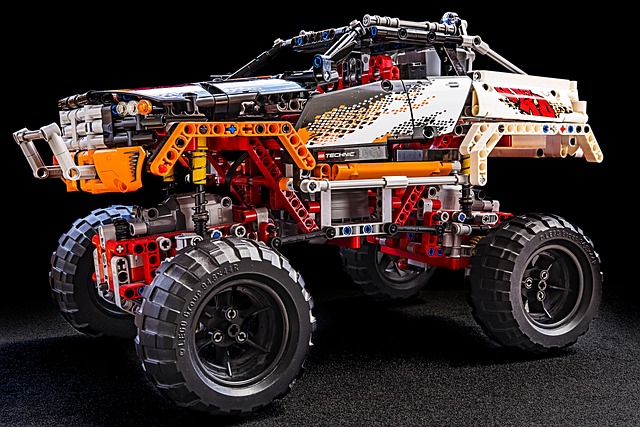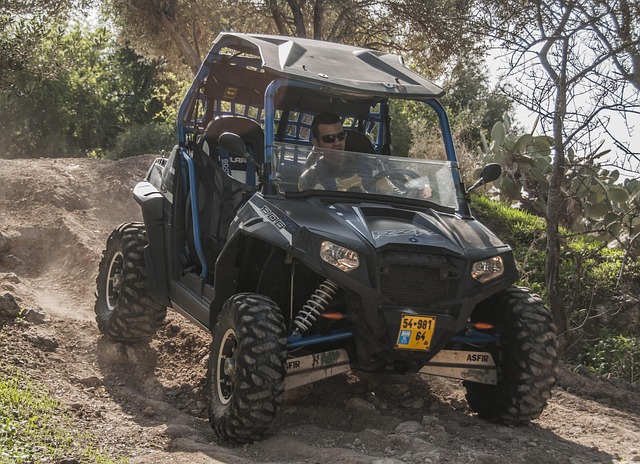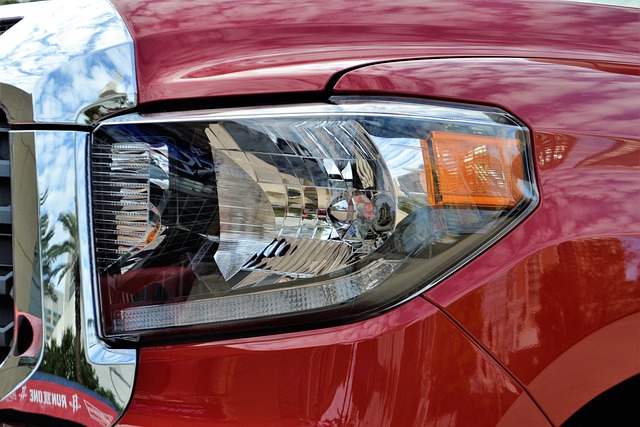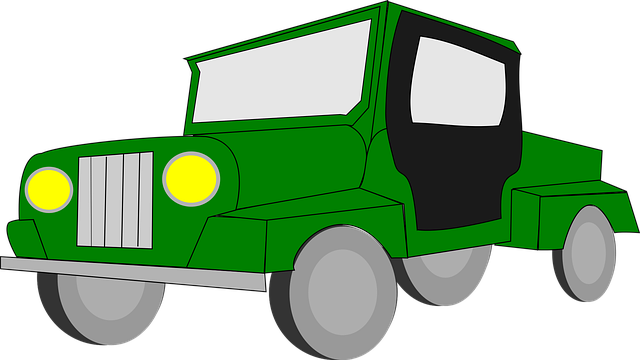Hitch balls are essential 4×4-parts-rgv for enhanced towing and secure trailer attachment. They offer diverse functionality, from heavy-duty gooseneck hitches to lighter square/round ball hitches. Installation is straightforward, boosting stability for off-road adventures and hauling heavy equipment. Regular maintenance ensures longevity, with frequent inspections and high-quality 4×4 parts replacements. Selecting the right hitch ball for RGV compatibility and safety involves matching dimensions and materials like stainless steel.
“Discover the versatile and essential 4×4-parts-rgv component: Hitch Balls. This article provides a comprehensive guide to understanding these sturdy connectors, their diverse applications in off-road vehicles, and how they enhance towing capacity. From installation tips to maintenance advice, learn how to ensure your hitch balls remain durable. We’ll also explore choosing the right fit for your RGV, making it a go-to reference for maximizing your 4×4’s potential.”
- Understanding Hitch Balls: Essential 4×4 Parts
- Types and Applications in Off-Road Vehicles
- Installation Guide: Step-by-Step Process
- Benefits for Enhanced Towing Capacity
- Maintenance Tips to Ensure Durability
- Choosing the Right Fit for Your RGV
Understanding Hitch Balls: Essential 4×4 Parts

Hitch balls are a crucial component for any off-road enthusiast, serving as an essential 4×4-parts-rgv that enhances towing capabilities. These sturdy devices allow drivers to securely attach trailers or other accessories to their vehicles, making them indispensable for navigating rough terrains and transporting heavy loads. Understanding the role of hitch balls is key to optimizing your 4×4’s potential.
By integrating hitch balls into your 4×4 setup, you gain the flexibility to expand your vehicle’s functionality. Whether for recreational activities like camping or hauling equipment, these balls provide a robust connection point that ensures safety and stability during transit. Their design aligns with industry standards, guaranteeing compatibility with various trailer hitches, further underscoring their importance as vital 4×4 parts RGV.
Types and Applications in Off-Road Vehicles

Hitch balls come in various types, each designed for specific off-road vehicle needs and applications. The most common types include gooseneck hitches, which offer superior stability due to their extended reach and are ideal for heavy-duty towing; and square or round ball hitches, suitable for lighter trailers and often found on SUVs and light trucks. These hitches facilitate the attachment of trailers, providing a secure connection for off-road adventures.
In 4×4 vehicles, hitch balls serve as crucial components for enhancing towing capabilities. They are integral parts of 4×4-parts-rGV (4×4 vehicle upgrade kits), enabling owners to transport boats, RVs, or other recreational gear. The robust design and sturdy construction ensure that off-road vehicles can handle diverse terrains and extreme conditions while securely towing various accessories, enhancing their versatility and functionality.
Installation Guide: Step-by-Step Process

Installing a hitch ball is a straightforward process that can enhance your 4×4’s towing capabilities. Here’s a step-by-step guide for a hassle-free installation:
1. Prepare Your Vehicle: Start by ensuring your vehicle’s tow ball or hitch receiver is clean and free from any debris. If necessary, remove the existing center bore or drawbar to access the hitch mounting points. This step ensures a secure fit for your new hitch ball.
2. Line Up and Secure: Align the hitch ball with the hitch receiver, ensuring it fits snugly into place. Most 4x4s have molded plastic sockets or metal inserts to guide the ball into position. Once aligned, secure the hitch ball using the provided hardware, such as bolts or quick-release pins. Tighten them according to the manufacturer’s instructions to prevent any movement during towing. For optimal stability and performance with 4×4-parts-rgv, ensure a secure and firm connection.
Benefits for Enhanced Towing Capacity

Hitch balls offer a significant advantage for drivers, especially those with 4×4 vehicles (4×4-parts-rgv). By utilizing this simple yet effective accessory, owners can enhance their towing capacity, making their vehicles capable of handling heavier loads with ease. The primary benefit lies in the fact that hitch balls provide a secure attachment point for trailers, allowing drivers to tow additional weight without compromising the vehicle’s performance or safety.
This upgrade is particularly useful for off-road enthusiasts and those who frequently transport heavy equipment or recreational vehicles. With increased towing power, 4×4 owners can explore more challenging terrains and carry larger items, ensuring they have the versatility and capability their adventures demand.
Maintenance Tips to Ensure Durability

Regular maintenance is key to keeping your hitch ball in top condition, ensuring its longevity and optimal performance for your 4×4 adventures. Start by inspecting it frequently for any signs of wear or damage, especially after tough terrain or frequent use. Replace any worn-out components promptly, such as damaged bolts or cracked mounting hardware, using high-quality 4×4 parts RGV offers.
Keep the hitch ball clean and lubricated to prevent rust and ensure smooth coupling. A gentle cleaning with a soft brush and mild detergent followed by a coat of rust inhibitor will go a long way in preserving its surface. Additionally, applying a suitable lubricant can help reduce friction during attachment, making it easier and faster to secure your trailer or accessory.
Choosing the Right Fit for Your RGV

When selecting a hitch ball for your RGV (Recreational Vehicle Gear), it’s crucial to consider factors that ensure compatibility and safety. Not all hitch balls are created equal, so understanding your RGV’s specific needs is key. Look for 4×4 parts specifically designed for RVs, as these will have the correct dimensions and weight capacity for your vehicle.
The right fit involves matching the ball’s shank size to your RGV’s hitch receiver tube diameter. Standard sizes range from 1-7/8″ to 2″, so ensure you choose one that matches perfectly. Additionally, consider the ball’s material and finish; stainless steel options are durable and resistant to corrosion, ideal for frequent use in diverse environments.
Hitch balls are indispensable 4×4 parts for any off-road vehicle owner, offering significant benefits in terms of towing capacity and versatility. By understanding their types, applications, and proper installation, owners can maximize the durability and functionality of their 4×4-parts-rgv. Regular maintenance ensures these essential components continue to perform reliably, making them a game-changer for navigating challenging terrains.
